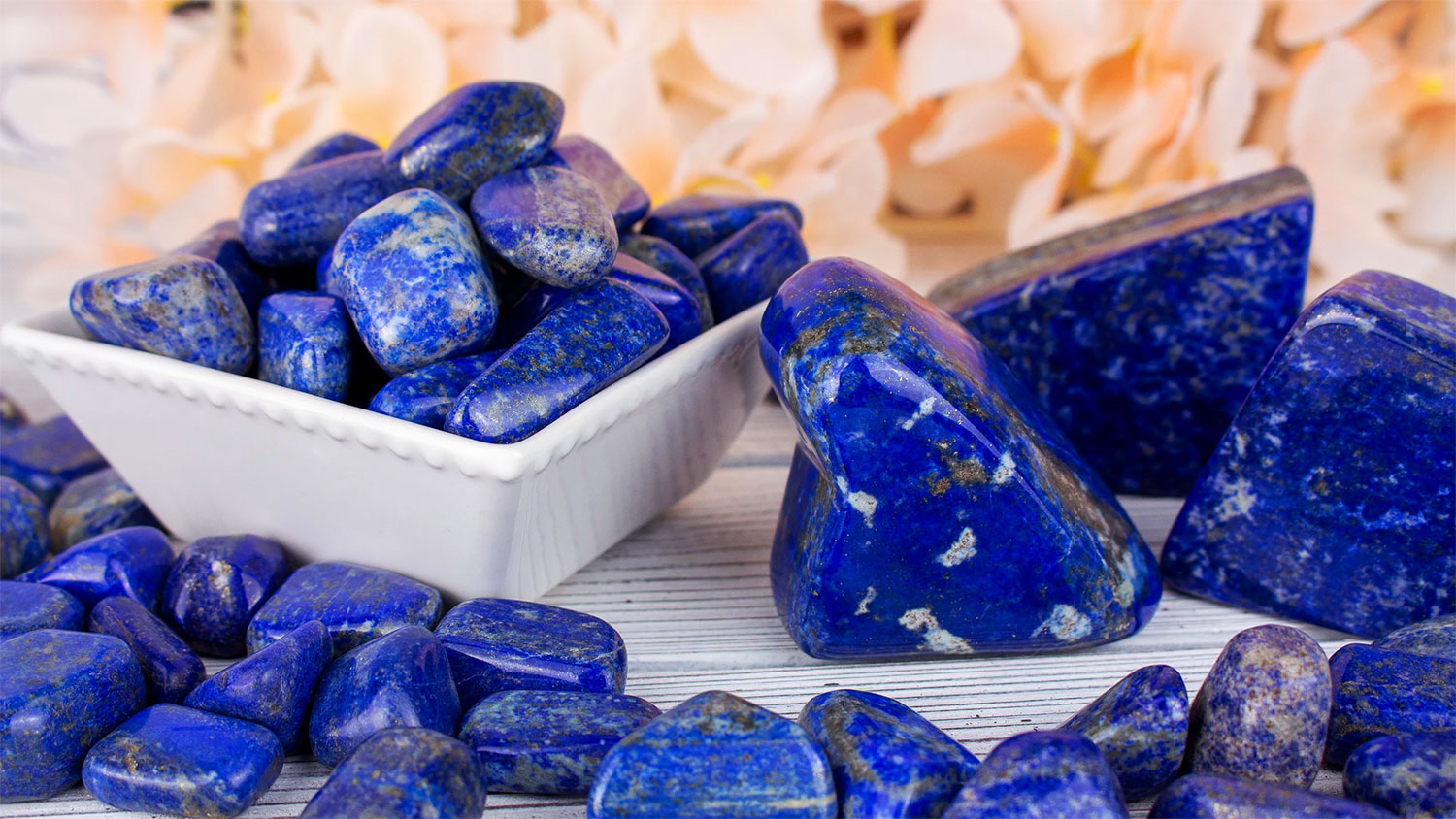
When you close your eyes and imagine a vibrant shade of blue, what do you see? For many, the image that comes to mind might very well be that of ultramarine blue – a color that’s not just a shade, but a symbol of artistic triumph, history, and luxury.
Ultramarine blue’s roots trace back to the ancient mines of Afghanistan, where the semi-precious stone lapis lazuli was found. This stone, known for its intense blue color, was the primary source of ultramarine blue. The name itself, ‘ultramarine’, originates from the Latin “ultramarinus,” which means “beyond the sea” – a nod to the distant lands from which European artists obtained this precious pigment.
The process of extracting the blue pigment from lapis lazuli was meticulous and time-consuming, making it an expensive commodity. In fact, ultramarine blue was often reserved for special pieces of art, particularly for the robes of the Virgin Mary in Renaissance paintings, signifying her importance and purity.
Due to its luxurious origins and the labor-intensive process of its extraction, ultramarine blue became one of the most expensive pigments, often costing more than gold. Only the most esteemed artists, or those commissioned by wealthy patrons, could afford to incorporate it into their palettes. Its exorbitant cost made it a symbol of prestige. An artwork that featured ultramarine was often seen as a masterpiece not just because of its beauty, but because of the value of the colors within.
Everything changed in the early 19th century when a synthetic version of ultramarine blue was created. French chemist Jean-Baptiste Guimet won a competition in 1826 for his method of producing a synthetic alternative to genuine ultramarine. Suddenly, what was once rare and costly became accessible to artists everywhere.
This shift did more than just democratize a color; it transformed the art world. With ultramarine blue’s newfound accessibility, artists didn’t have to be bound by the constraints of cost. This allowed for greater experimentation, and the color found its way into a broader range of artworks and styles.
From the dreamy strokes of Impressionist painters to the bold shapes of modern abstract artists, ultramarine blue has left its mark on generations. Artists like Vincent van Gogh and Pablo Picasso have used this vibrant hue to convey depth, emotion, and movement.
Van Gogh’s “Starry Night” showcases swirling patterns of ultramarine in the sky, demonstrating the depth and intensity of the color. Meanwhile, Picasso’s Blue Period is a testament to the myriad emotions that the color can evoke, from melancholy to serenity.
Whether in its natural form derived from lapis lazuli or its synthetic counterpart, ultramarine blue has captured the imaginations and hearts of artists and admirers alike for centuries. Its rich history, intertwined with tales of luxury, innovation, and artistic expression, ensures that ultramarine blue will forever remain a cherished color in the world of art.
Fresh Updates from the Studio